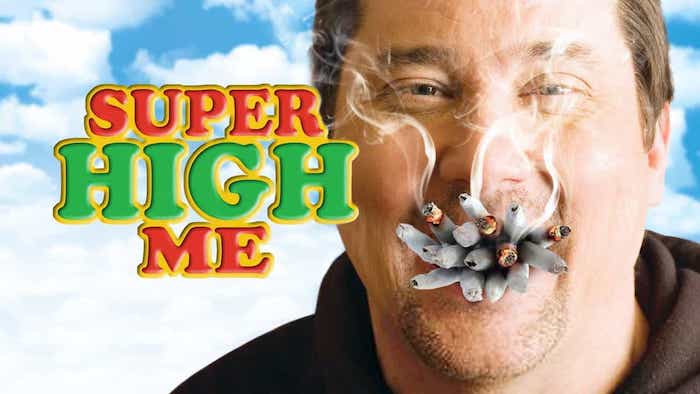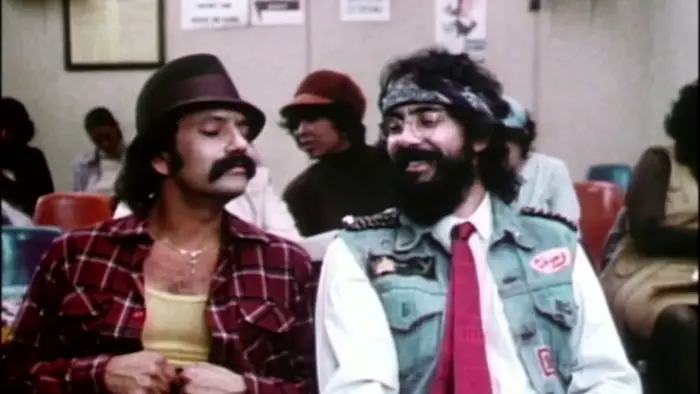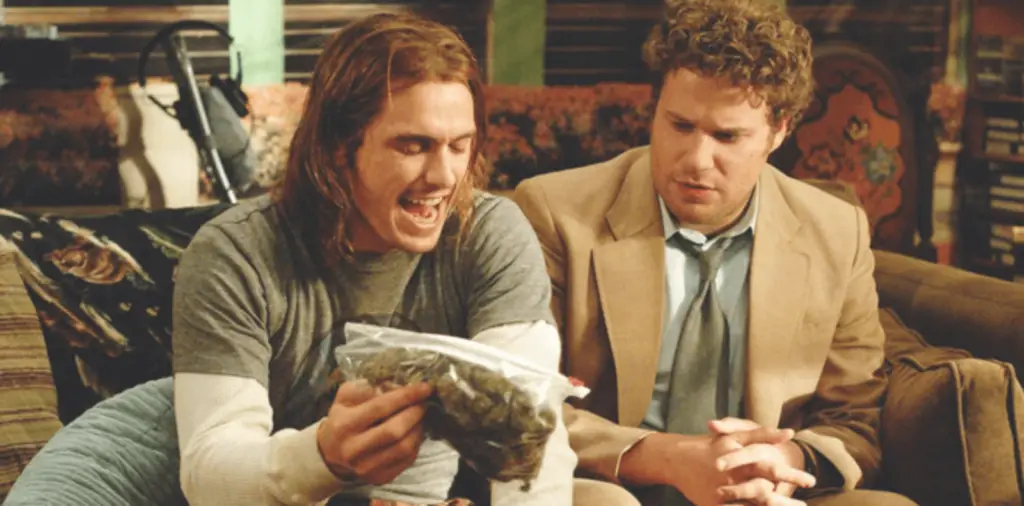
Cannabis has been used for centuries, both medicinally and recreationally. In recent years, it has become increasingly popular as more countries have legalized its use. There are many reasons why people consume cannabis, including for its purported health benefits and to relax or enhance their mood. Some people also view it as a natural alternative to more harmful substances, such as alcohol or tobacco, so they consume it by using a cannabis vape, a bong, or whatever devices that suit their needs. Additionally, the legalization of cannabis in many states has made it more accessible than ever before.
Cannabis popularity has increased through the years all around the world, and its popularity has been further highlighted thanks to the world of cinema and films. The connection between cannabis and cinema is nothing new, for Cannabis can almost be considered a star on its own – considering the important role it is given to it on a large scale of international movies. The industry of cinema and Marijuana productions are quite intertwined despite the odd yet powerful history and relation that brings them together. This iconic connection is remarkable, for cannabis has been featured in numerous movies that are either based on real-life events such as memoirs, documentaries, biographies, or fictive works. On both occasions, the themes remain usually the same and the representation of cannabis slightly differs; but the audience loves it! Here in this article, we will be taking a step back to the history of Cannabis in cinema and its evolution into today’s pop culture.
When It All Started

The birth of modern cinema coincident with the period of cannabis criminalization in the US, which did not quote set solid grounds for a healthy relationship between the two industries. The coexistence of CBD within the world of cinema was not going well as Cannabis was rather portrayed as a horrific substance with precarious – and sometimes ridiculous consequences. In the 1930s, Cannabis was labeled the Devil Weed in in several propaganda marketing films. Despite these negative representations, it is no doubt that marijuana was rooted in the country’s culture and considered a big part of the music industry. From dangerous to naughty, the weed representation became less targeted towards a demonic and devilish path and instead, weed became something pleasant but warned about.
Most Famous Examples

In early times, the most stereotypical images of cannabis portrayal resided in either the comic stoner, the drug dealer, or the corrupted consumer. It is only later that the representation of cannabis became normalized and even turned humouristic sometimes. A famous movie example that portrayed cannabis was Mister Nice, a British movie released in 2010 which featured a hashish dealer smuggling weed into the US. Paulette, a French movie released in 2013 is a film inspired by a true story of an old lady who starts an illegal trade of weed to improve her financial stability. A comic take on the same themes includes Saving Grace released in 2000 with Grace, an old British woman who sells marijuana to avoid bankruptcy. Honorable mentions include TED, the teddy bear that portrays the lazy individual who spends his time walking away from responsibilities, smoking marijuana in pipes, and influences his friend into doing the same; and the Wolf of Wall Street, a movie that foreshows a dark comedy on the negative side of drug abuse.
Audience Reaction

In the past, the portrayal of weed in television was met with shock and unrequired interest. Movies with marijuana consumers were watched as a cautionary tale to discourage people from smoking weed or consuming CBD products. Once weed became legalized, its popularity had risen among citizens, and movies portraying CBD products were now met with either enthusiasm or laughter. Watching the Wolf of Walls Street for instance is not as shocking as it would’ve been before, but is rather met with some irony and empathy towards the protagonist.
Critics’ Reaction
Critics focus on the neutral stance on weed consumption in films and movies. The purpose of the movie is not to insight people to smoke cannabis but rather to watch the movie for the sake of pleasure and enjoyment. Critics invite people not to take stoner movies for granted, and instead watch them without getting involved much.
Cannabis & Cinema Today

Starting from the 90s, the antagonized image of Cannabis started to fade in in several classics such as Dazed and Confused in 1993 and Clerks in 1994 breaking the stereotypes concerning Cannabis being a dangerous substance and the root of all evil which has fortunately ceased thanks to the legalization of CBD in many states across the world and the backed-up scientific and medical studies concerning the beneficial role of CBD products in improving the human body through decreasing chronic pain, stress and anxiety, skin imperfections and psychological disorders such as bipolar disorder, depression, and PTSD. Today, Cannabis is portrayed in movies and cinema freely and creatively as a therapeutically harmless tool that can help improve the financial stability of people. Besides, Actors and celebrities consume cannabis more openly now which helps improve the stigmatized image of CBD and underline the positive progress Cannabis has encountered.






[…] about cannabis and cinema, and Seth Rogen’s name invariably pops up. His portrayal of an unambitious stoner dropout in […]